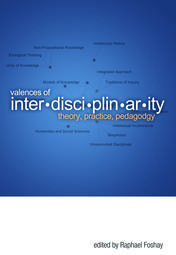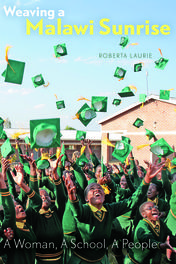Education
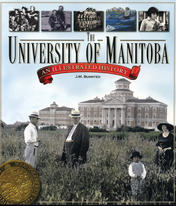
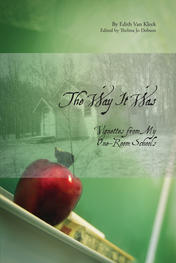
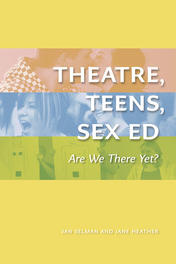
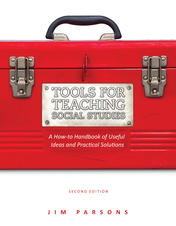
Tools for Teaching Social Studies
INTRODUCTION
This book is about teaching and learning. And, although these are just two words, they are more than simply two things—teaching and learning involve an entire toolbox of strategies, skills, wisdom, and relationships. A lot of things go into teaching, and it can take more than a lifetime to learn them. Teaching is a vocation—not a job. For us, a vocation is something you give your life to; a job is something you do to make money.
We wrote this book to help teachers become better at their vocation. What does it take to be a good teacher? We believe good teachers engage a set of qualities that become the essential characteristics of who they are. We say “engage” because we believe teaching is a life of action. Teachers don’t spend much time staying still. The phrase “reflective practitioner” is often used to explain teaching. We agree that teachers must reflect about their work; they should read, think, and talk with colleagues. But, in our experience, reflective practitioner does not mean “sitting and thinking about.” Such reflection simply doesn’t often happen. Instead, we believe in the idea of praxis as envisioned by Paulo Freire.
Paulo Freire believed in action that is informed by and linked to values. He believed people become literate as they speak with one another. However, this dialogue isn’t just about deepening understanding and learning—it is part of making a difference in the world. We believe teachers should make a difference in the world. We hope this book moves us toward that goal.
This is the second edition of the book. The first edition was written largely by Jim Parsons, who spent years collecting his teaching ideas and the insights he has shared with his undergraduate students while teaching social studies curriculum and instruction. This edition was written differently. Although much of that first edition has remained—much of it updated—the process of writing differed. Most of the book was written as a conversation or dialogue between these teaching ideas and the impact they have on young teachers. We hoped to write it in a very Freire-styled manner. Freire believed dialogue is a co-operative activity involving respect, a process of enhancing community and building social capital that will lead toward social justice and human flourishing. In our particular model for creating this book, the author team shared an engaged space: Jim and eight undergraduate students from his social studies curriculum and instruction course. These students met together weekly for three hours to dialogue through the ideas. This book is the result of that dialogue.
This is not to say that Jim didn’t engage a theoretical framework for the work. As a working researcher whose last three projects have been on student engagement, instructional leadership, and teacher professional learning and teacher efficacy, many of the beliefs that ground this book come from the impact of those research findings. Specifically, Jim’s research findings have pushed him to believe in three types of actions:
1. Classrooms should focus on conversational pedagogies. Research supports the belief that students learn more when they talk to each other in the classroom (using frameworks such as project-based learning).
2. Children of all ages learn better when classrooms are hospitable. In other words, classrooms should be spaces where all children feel at home—safe, cared for, and understood.
3. The focus for thinking about teaching should be on what students do, not on what teachers do.
In all this work, we have tried to pull together practical and workable ideas that at their core help teachers focus on these three actions. We believe children of all ages should talk more in their classrooms, and these classrooms should be safe spaces where children feel at home and cared for. The main role of teachers is to create such safe spaces where children learn. We hope this book helps teachers consider and work to create these classroom spaces.

Training the Excluded for Work
